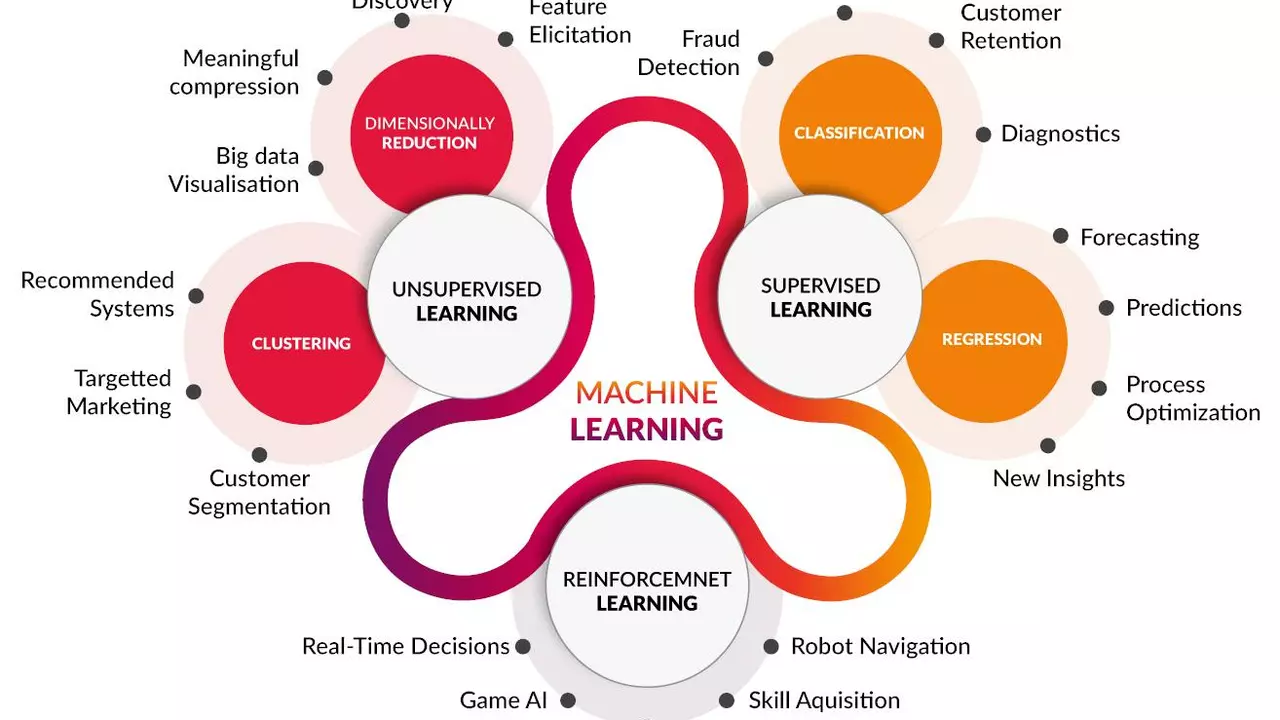Origins: Tracing the Technological Family Tree
Right, let's go down the memory lane, shall we? Into the world of wiring, big chunky computers, (Yes, it's not always been sleek MacBooks, and that seamless cloud storage, folks!) and the serpentine protocol of dial-up connections. Information technology, as we know it today, didn't simply pop out of a genie's lamp. It's a culmination of years of groundwork, the manifestation of many brilliant minds toiling away in the backdrop, often unnoticed.
Believe it or not, it evolved from three main ancestors: electrical engineering, computer science, and telecommunications. Want a fun fact? Our great Aussie, Alexander Graham Bell, was indeed a key player in the telecommunication lineage! And yes, he's the telephone guy.
Speaking of another ancestor, computer science, it was an offspring of the mathematics department in universities. I mean, just imagine where we would be without binary codes (and no, that's not your cryptic ex's text messages). "01000011 01101111 01101111 01101100"! Yes, that's 'cool' for you in binary. Talk about a charm!
Melding Elements: When Engineering takes the Driver's Seat
Let's think about the two terms separately now. On one hand, you've got 'information', the lifeblood of communication, and on the other, you have 'technology', short for ingenious ways to play around with Mother Nature's rules. Add them together, you've got Information Technology (IT).
Laying it down simply, IT applies the principles of engineering and computer science to relay and process information quickly and accurately. This, friends, is where IT walks into engineering's ballroom. Have you ever wondered how your online order reaches you faster than your spouse finding out about the expense? I have the answer: engineered data logistics, or in simpler language, excellent IT work.
I happened to discuss this with my dearest Lydia, and she playfully remarked, "So, I'm the human IT that helps deliver your misplaced keys." I couldn't argue, she indeed is!
Beyond the Numbers: When Art and Aesthetics Shake Hands with Technology
Have you ever wondered what makes an application on your smartphone more appealing than another? It isn't just the coding behind it, but the art and design aesthetics that pull you in. Remember that beautiful mind of Steve Jobs and his detail-centred personality? He knew how to charm consumers with style and appearance, showing us that IT isn't merely about the rigid, binary numbers, but it's also about creating a beautifully packaged user experience.
The rule of thumb here, folks, is that the best information technologies are products of both science and art. I still remember when I was learning HTML, the very structure of a website felt like a canvas to me where I could dictate my creations. That was my first taste of the enigma that is IT.
Unearthing the Science in IT: The Theory of Everything Digital
Science, ladies, and gentlemen, is the act of curiosity. It's the itch in your brain that asks, "How does this work?" IT is no different. Its very foundation resides in information theory, computer science, and physics. And this brings me to the spicy question - 'Is not science the very soul of IT?'
Think about it. All those algorithms and databases you use every day are scientific theories manifested into reality. No magic. Pure science. They predict, analyze, and manipulate data patterns, just like any science experiment would. Try telling my high school physics teacher that it wasn't science. I bet she'd laugh her quantum socks off!
Future Horizons: When Technology Influences the Shape of Tomorrow
If we dive into the future, we will find ourselves in a world where IT is more than just a communication facilitator - it's the shaping hand of tomorrow. Take artificial intelligence and machine learning, for example. They entrench themselves so deep in our lives that it's almost like having another human amongst us. Only that it doesn’t need food, water, or a salary!
Isn't it fascinating to think that perhaps one day, IT systems might outgrow us, humans, in creativity, thought process, and maybe even emotions? Just food for thought. But before we close, here’s another tip for the bin: Keep adapting, keep growing, and make IT your friend, not foe, because it’s here to stay long after we’re gone.
So, as a man who has lost far too many documents before Google Drive came to the rescue, I say, cheer to the science that is IT!
